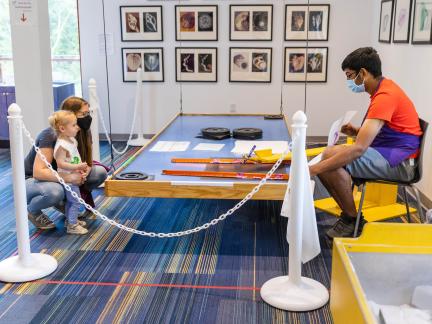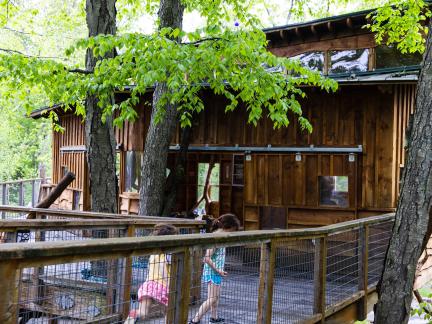Blend In or Be Bold?
To help protect themselves from predators, caterpillars can either blend in to their surroundings and be hard to find, or be bold to scare off potential predators. Try on fabric capes that represent actual caterpillar skins and textures, then experiment in front of a mirror with a variety of backdrops that represent caterpillar habitats and host plants. Will you blend in, or be bold?










